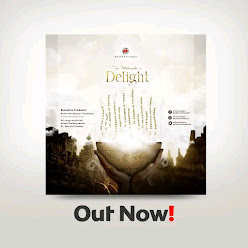New Gospel Hit: “Otua Like This” by Frank Edwards, Ada Ehi & Limoblaze – Download Now!
If you're a fan of soul-lifting gospel music with a fresh Afrobeat twist, then “Otua Like This” is your next favorite jam! This powerful collaboration brings together three of Nigeria’s gospel heavyweights — Frank Edwards, Ada Ehi, and Limoblaze — delivering a song that celebrates gratitude, joy, and the overwhelming goodness of God.
The word “Otua” means “just like this” in Igbo, and the track beautifully expresses how effortlessly God turns situations around — just like that!
Download “Otua Like This” by Frank Edwards, Ada Ehi & Limoblaze [MP3]



.jpg)
.jpg)







![[Must Read] "Can A Woman Be A Pastor Or Preacher?"](https://blogger.googleusercontent.com/img/b/R29vZ2xl/AVvXsEhctf9hc8aetN676kVmXs6WmmD8EglRXcCiLjlfbmHWTNaQeVyx-6mrpvX5Zha1NYHY9OhN63cff8fDzdfhnVmfs-rQ66kSvH5U0JHSbAKy6AapZSWwkatRcM1Nb-W06nAUh99xpVEP0eSv/s1600/IMG_20181226_214206_124.JPG)